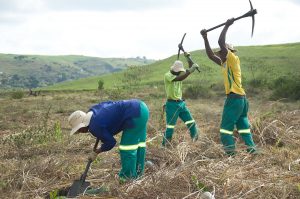You are here
Projects Updates for key objective: No name
- Associated Project(s):Attached Files:
eweek announcement
Associated Project(s):Climate Report from US Congress
Associated Project(s):Report on renewable energy for American colleges
Associated Project(s):Surplus reopened
Associated Project(s):Sustainability Facts Sheet
Associated Project(s):Funding Approval for Outdoor Recycling Bins
Study Abroad Carbon Offset Manual
Associated Project(s):Attached Files:Preliminary carbon offset research
iCAP 2020 Divestment Objective Review
Associated Project(s):Chicago's Renewable Energy Resolution
iSEE offers a Carbon Offset Purchasing Guide
Associated Project(s):Attached Files:2019 Report for 2014 Campus Bicycle Plan
Associated Project(s):Attached Files:Reduce Nitrates from Agricultural Stormwater
Associated Project(s):F&S CALSTART Accredited Sustainable Fleet
Associated Project(s):Email to Resilience SWATeam re: Edu002 recommendation
July 2020 Buyer's Share Report
Associated Project(s):Attached Files:Sustainable Water's July 2020 Newsletter
Associated Project(s):Armory Avenue bike path: Estimate from F&S Construction Services
Associated Project(s):June 2020 Buyer's Share Report
Associated Project(s):Attached Files:


